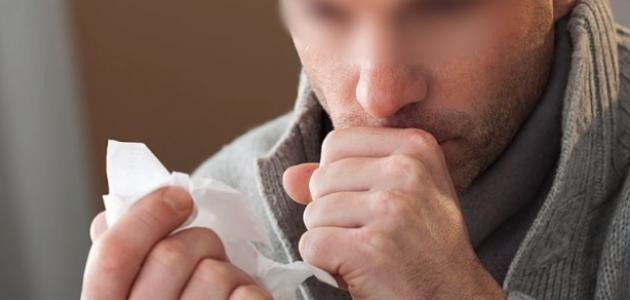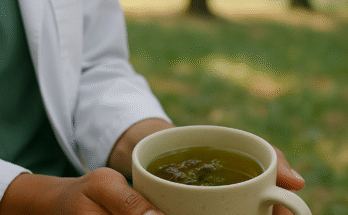Tips to Relieve a Cold at Home
Dealing with a cold can be uncomfortable, but there are simple, home-friendly strategies to ease symptoms and help you feel better faster. Here’s a practical and enjoyable guide to managing a cold from the comfort of your home:
- Stay Hydrated: Sip on plenty of fluids like water, herbal teas, or broths. This helps replenish lost fluids if you have a fever. While there’s no proof that extra fluids cure a cold, staying hydrated keeps your throat moist and may ease congestion. Just avoid alcohol and caffeinated drinks, as they can dehydrate you.
- Rest Up: Give your body the downtime it needs to recover. Skipping work or school isn’t just good for you—it also protects others from catching your germs. If you’re dealing with a fever, intense coughing, or dizziness from medications, take a sick day. For kids, wait 24 hours after a fever breaks before sending them back to school or daycare.
- Create a Cozy Environment: Keep your room warm (but not overheated) and consider using a humidifier if the air feels dry. Moist air can soothe congestion and coughing. Just remember to clean your humidifier regularly to prevent mold or bacteria buildup.
- Try Steam Therapy: While science hasn’t fully endorsed steam inhalation, many people swear by it. Sit in a bathroom filled with warm shower steam for 5–10 minutes. Safety first: Keep kids at a safe distance to avoid burns.
- Soothe a Sore Throat: Sip warm beverages like honey-lemon tea or gargle with saltwater (¼–½ tsp salt in warm water). For quick relief, try throat lozenges (avoid for kids under 6) or ice chips. Pharmacies also offer medicated sprays, but check age guidelines.
- Saline Nasal Drops: Over-the-counter saline sprays or drops can ease congestion for all ages. For infants, use a bulb syringe after applying drops to gently clear mucus.
- Protect Your Nose: Repeated sneezing or blowing can irritate your skin. Dab with soft tissues and apply a moisturizer like petroleum jelly to prevent redness or cracking.
- Chest Rubs for Comfort: Menthol-based vapor rubs can help kids (and adults!) breathe easier. Gently massage onto the chest or back before bedtime.
- Skip the Smoke: Smoking worsens cold symptoms and prolongs recovery. Even secondhand smoke can irritate your airways—so steer clear.
When to Consider Medication
Most colds resolve on their own within a week, but over-the-counter meds can ease discomfort. Remember: Antibiotics don’t work for viral infections like colds. Here’s a quick guide:
- Pain and Fever Relief:
- Acetaminophen (Paracetamol): Gentle on the stomach and safe for most ages.
- Ibuprofen or Naproxen: NSAIDs that reduce inflammation (avoid aspirin for kids under 18 due to Reye’s syndrome risks).
- Decongestants and Antihistamines:
- Decongestants (oral or nasal sprays): Temporarily clear stuffiness. Avoid if you have high blood pressure.
- Antihistamines: Combat sneezing and runny noses. Skip these if you have glaucoma or prostate issues.
- Combination meds: Some pair decongestants with antihistamines for better symptom control.
- Cough Syrups:
- Expectorants: Loosen mucus (e.g., guaifenesin).
- Cough Suppressants: For severe, sleep-disrupting coughs (e.g., dextromethorphan). Avoid for kids under 4.
Pro Tip: Always read labels, stick to recommended doses, and consult a pharmacist or doctor if you’re unsure. For kids, avoid multi-symptom meds unless advised—they often include unnecessary ingredients.
By combining rest, hydration, and smart symptom management, you’ll be back on your feet in no time! 🌟





